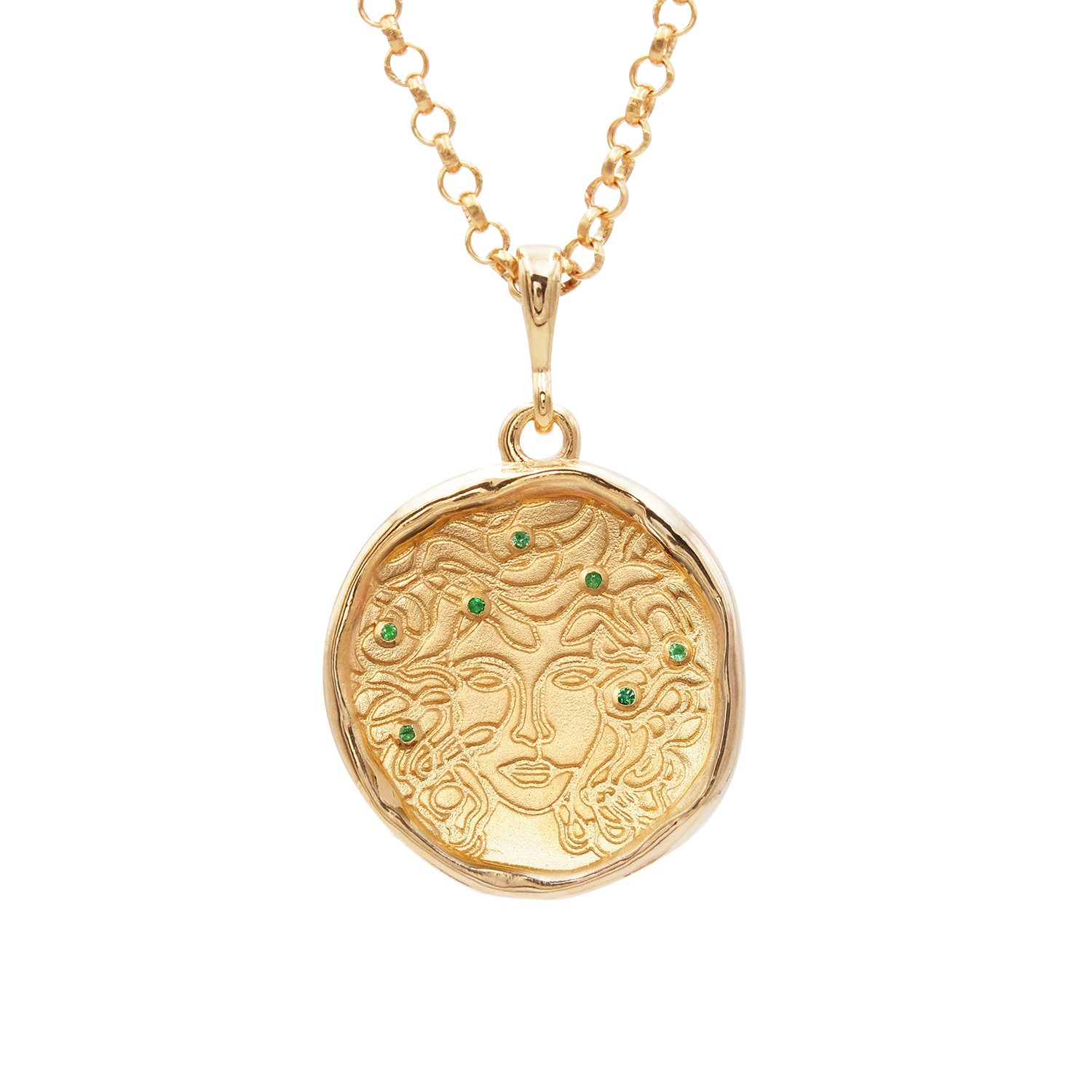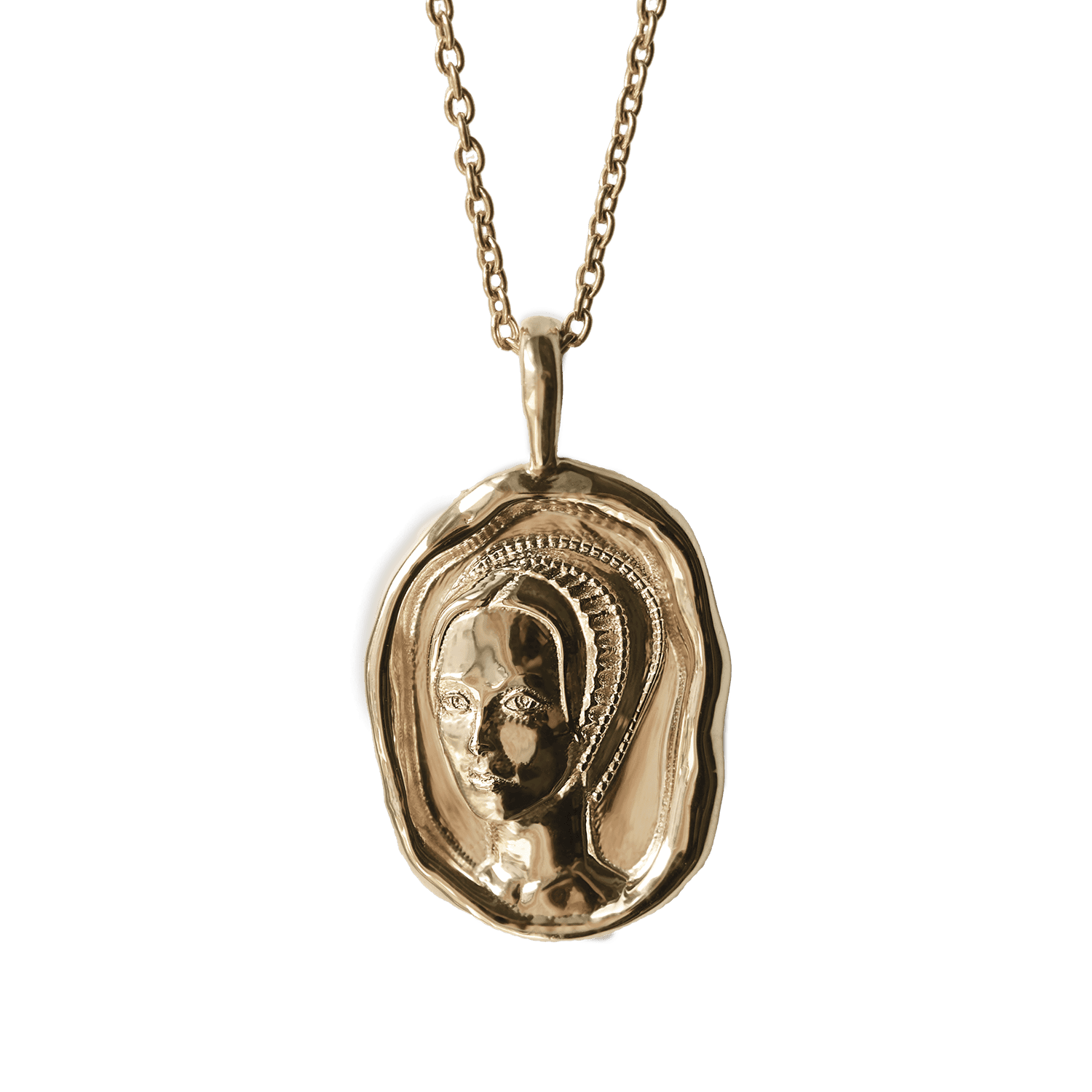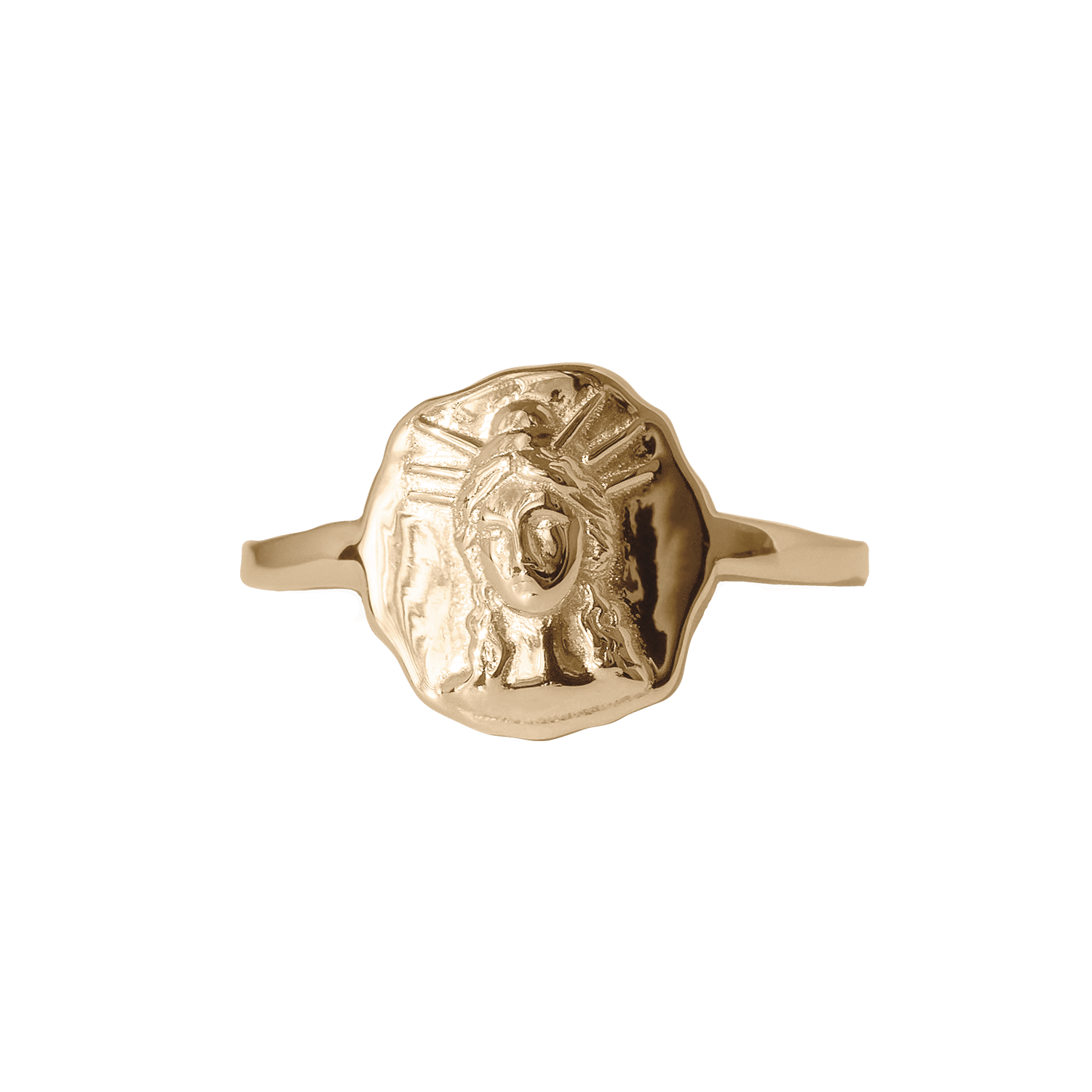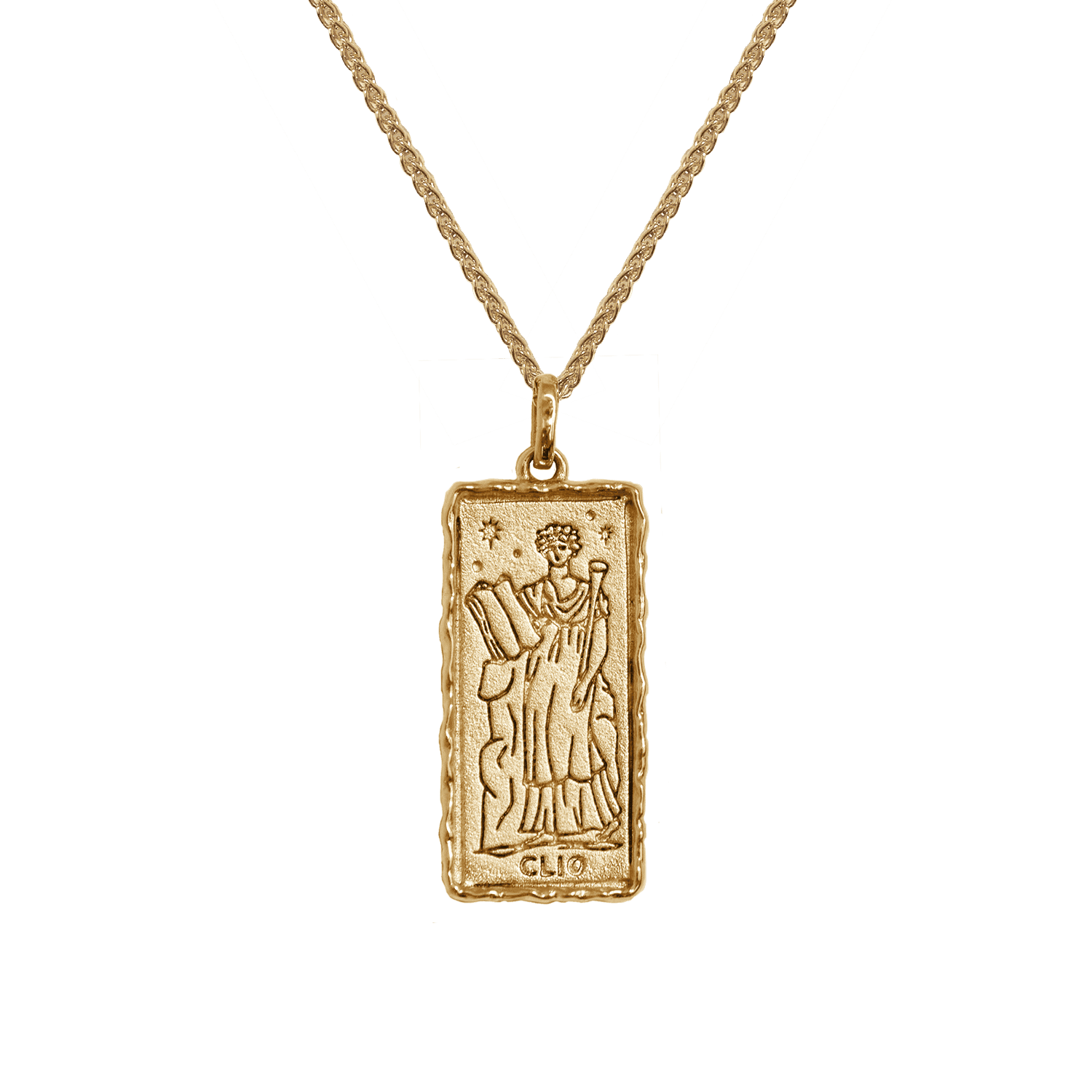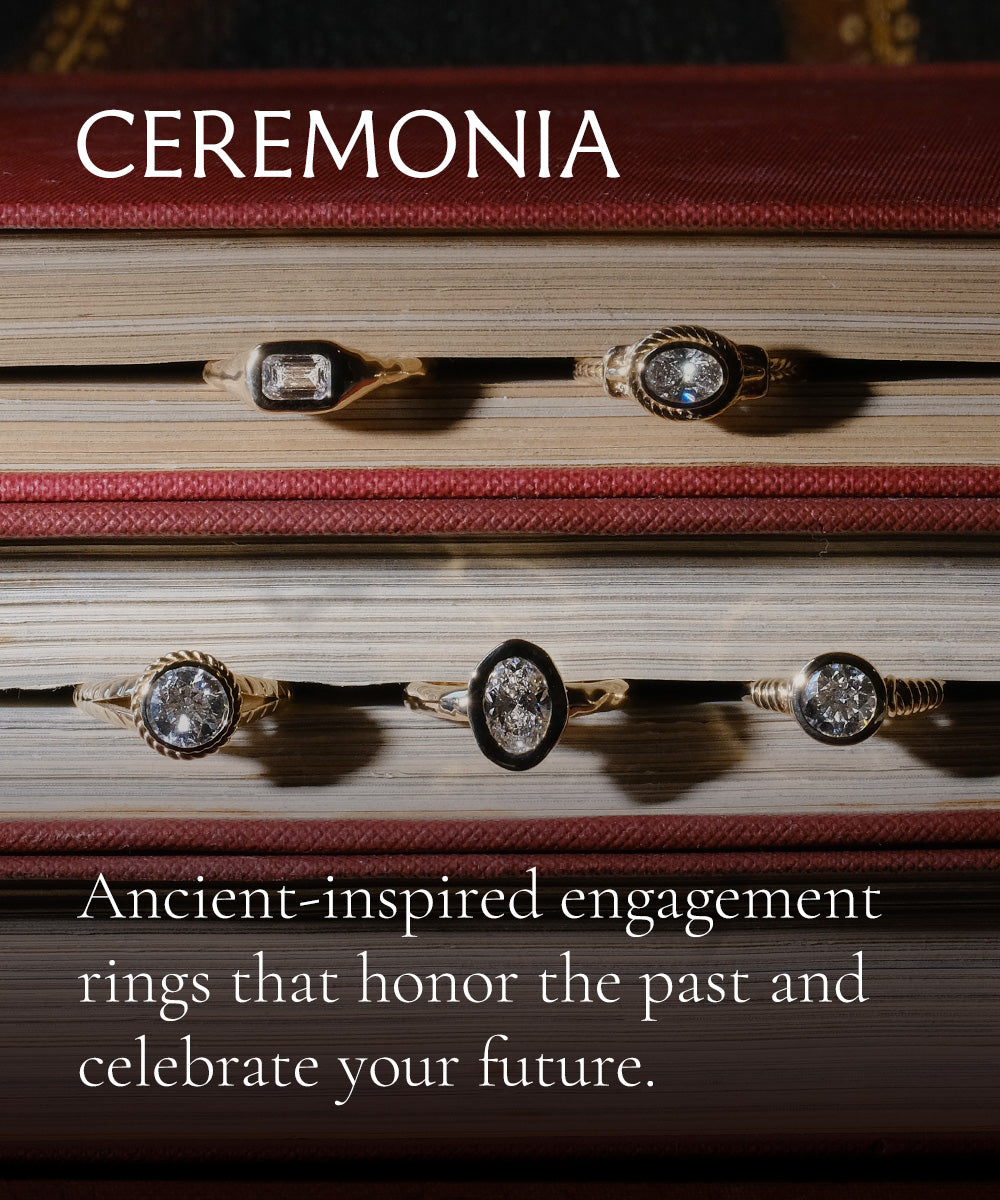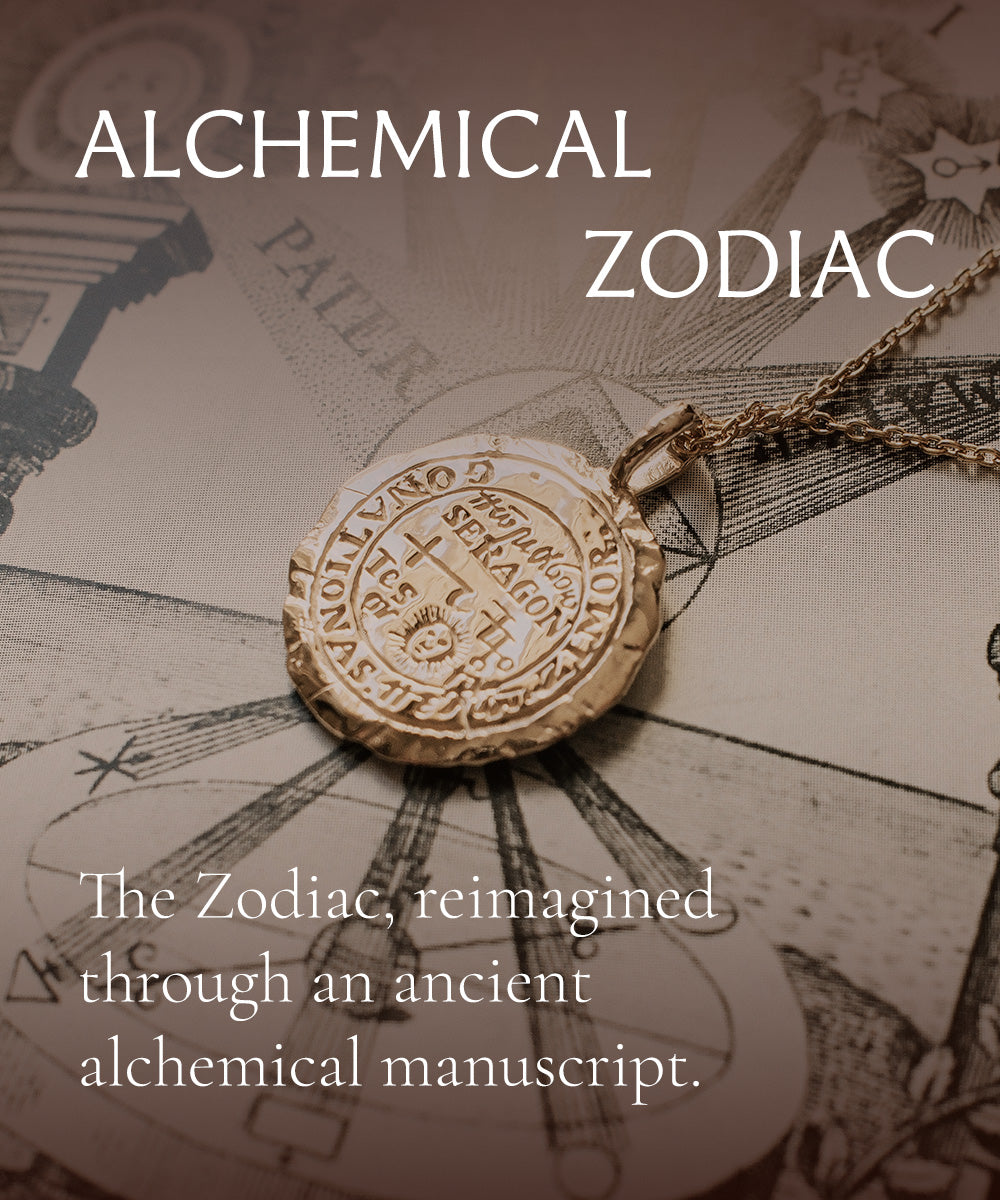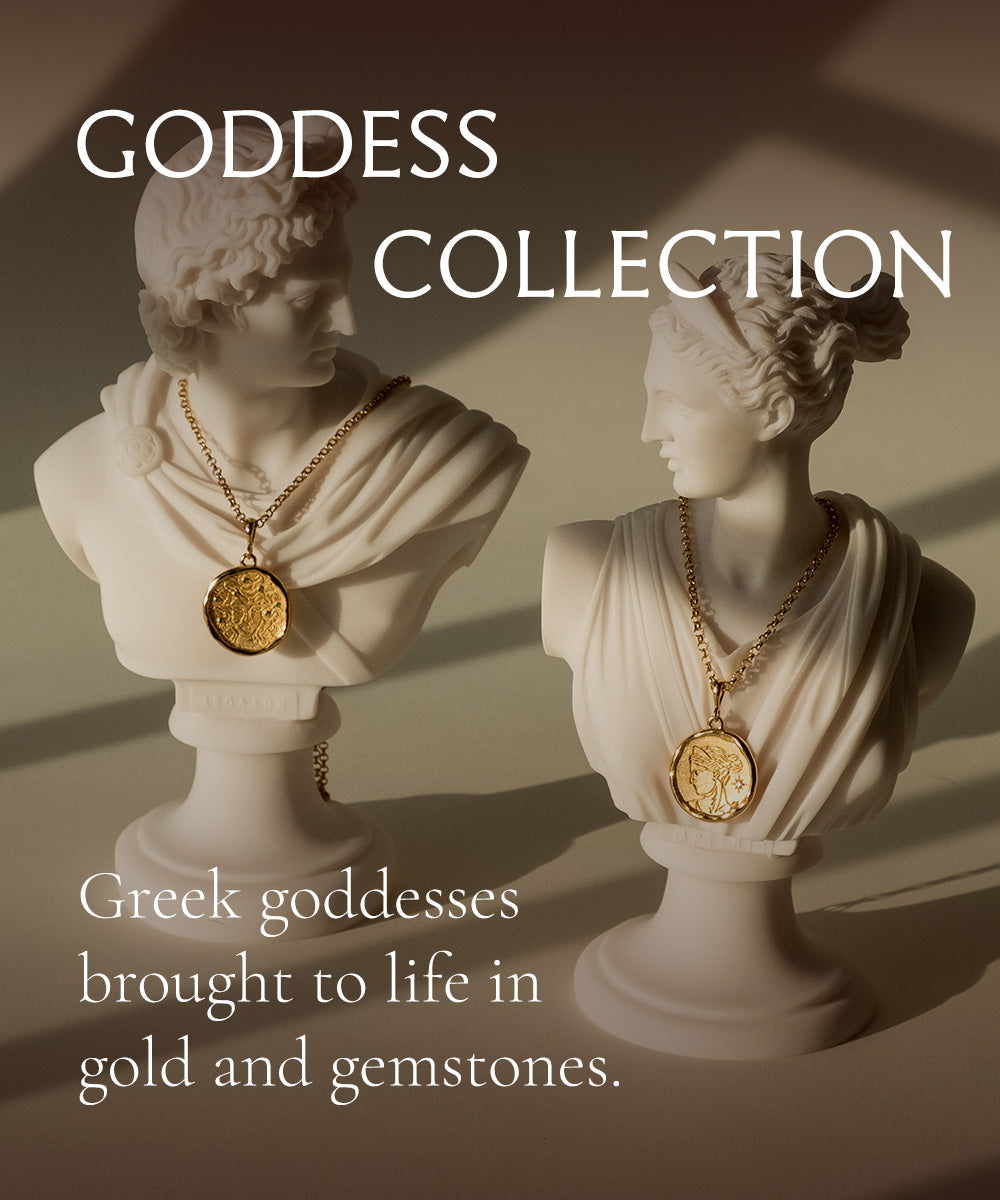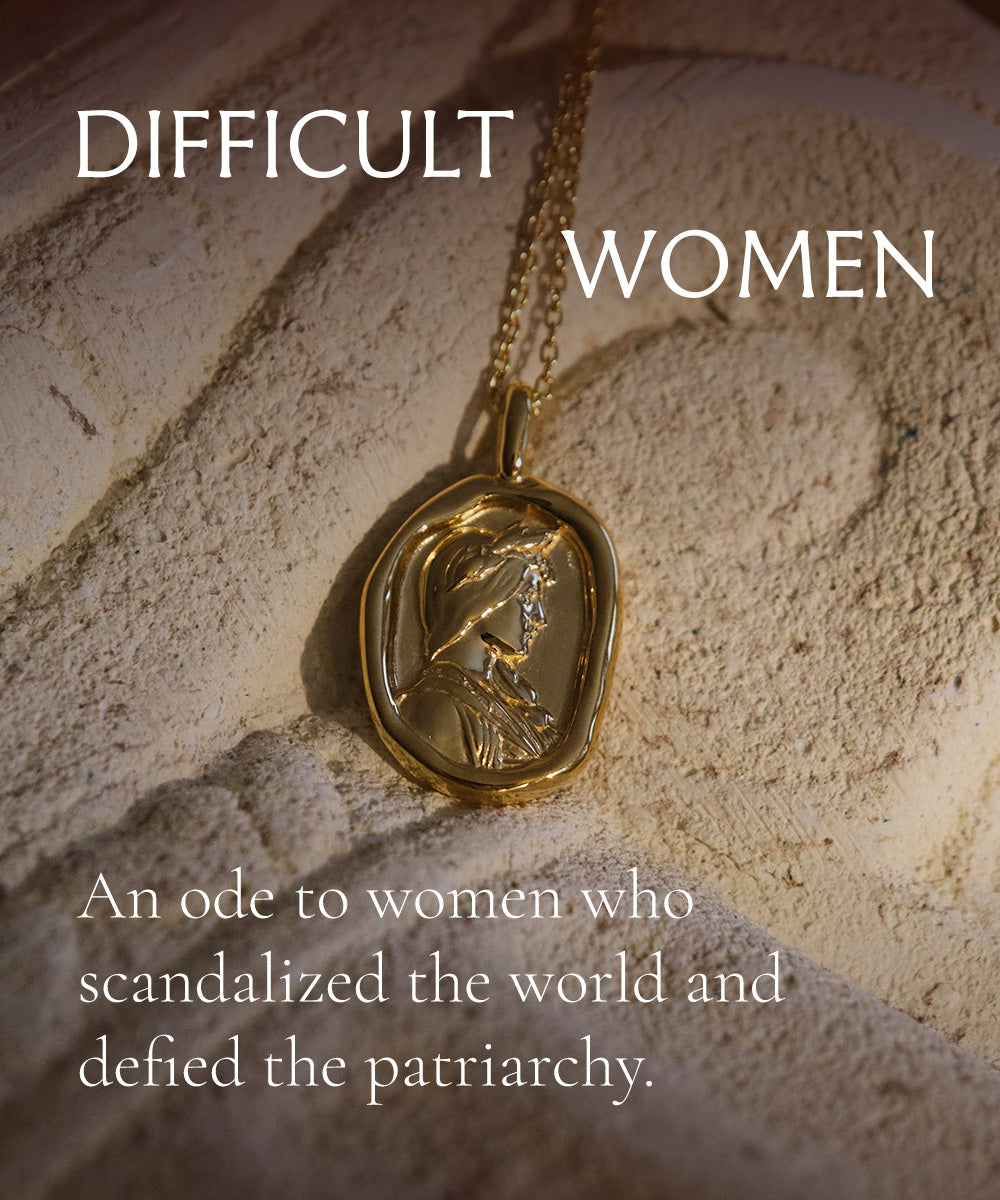Note: the above image was developed, styled and produced by Victoria Misu @victoriamisu
We have dated the existence of apothecaries back to 4500 BCE, at least. This is consistent with human condition: we have always needed healthcare, and the best of us have always sought knowledge to better help us take care of each other.
Though it is the predecessor to the modern pharmacy, an apothecary is so much more. At an apothecary, medicine is made in-house, and you could get your diagnosis at the same place where you filled your prescription.
The person who works at the apothecary is, in fact, called an Apothecary (remember, Apothecary is to pharmacist as apothecary is to pharmacy). The Apothecary often had a vast knowledge of herbal medicine and doctoring, far beyond simply producing or distributing medication. They would perform research, diagnose and treat all sorts of ailments, and they made use of vast, old knowledge of herbs, flowers, roots and fruits for healing purposes.
In times where the average person had little to no knowledge of science or herbal properties, healing may have seemed like magic. And if the Apothecary was a woman—which was not unusual, as women have often been allowed space to take on healing and nurturing roles—she might have been called a witch. The history of the treatment of witches is steeped in misogyny, but for our purposes, we will reclaim the title as well as the occupation.
Today, we’re going to focus on floral garden witchery, and explore the ways Circe, and many, many witches and Apothecaries after her would utilize the properties of these blooms.
Common White Jasmine - Jasminum officinale
Jasmine is prized for its heady, enveloping scent. Called Queen of the Night, the blooms are tied to the moon and dreams, so it may not be a bad idea to place a little jasmine under your pillow to calm restlessness or nightmares. Jasmine’s tiny, delicate flowers are said to bring clarity of vision (perhaps even prophetic dreams) and true love, of a deep and spiritual nature. Dab a little diluted jasmine oil on your inner wrists and behind your ears to heighten feelings of love.
English Lavender - Lavandula angustifolia
Due to its antiseptic properties, the word “lavender” comes from the Latin verb lavare, “to wash.” The purple bloom is famous for its soothing aroma, and can be used to alleviate anxiety. The powerfully relaxing scent releases stress and ushers in a sense of tranquility and balance, and not just in the mind: a lavender oil or tincture mixed with unscented lotion can release stiff, achy muscles when applied topically. It can also be used in baked goods and teas, but use sparingly, as it is strong.
Damask Rose - Rosa damascena
As you may have guessed, the rose is deeply tied to romantic love. The lush petals bring to mind the lovely pink flush of a person falling in love. When dried, the petals can be crushed into a fine powder and applied to the cheeks to mimic that blush—a love potion, if there ever was. Like lavender, the rose is edible and can be used topically, particularly when steeped in water to make rosewater tonic. But there is more to the rose than the petals: the thorns, in fact, are known to have powerful properties to banish negative energy, especially bad habits involving romantic love.
Common Tansy - Tanacetum vulgare
Called “bitter buttons” or “ginger plant” for its deep gold color and round shape, tansy has a long, storied history. As was a common occurrence for Zeus, king of gods, he strayed from his marriage when he fell in love with the Trojan prince, Ganymede. Unable to part with his mortal lover, Zeus gave the prince a concoction of tansy that made Ganymede immortal. Perhaps this is why tansy was used to embalm the dead—to give the body “immortality,” or at least to slow decomposition, while helping the souls of the departed move onto the afterlife. It was also used as an abortifacient, though dangerous; though it is known to help foster longevity and vitality, tansy contains thujone, a compound that has psychedelic properties and is harmful to the brain and liver, even deadly in large doses to humans and pets.
I might note that herbs treat you how you treat them. Plants know their environment. Dabble with respect for your surroundings, even beyond the soil—your people, your home, yourself. This also means not ingesting (swallowing, inhaling, touching) herbs that have not been deemed fit for human use, or using herbal remedies in place of anything recommended by your doctor.
These plants have been used for centuries all over the globe, but unless you are an immortal sorceress with hundreds of years experience, it is always a good idea to consult a medical professional before using herbs in practice.
Practice caution, and happy herbalism.
